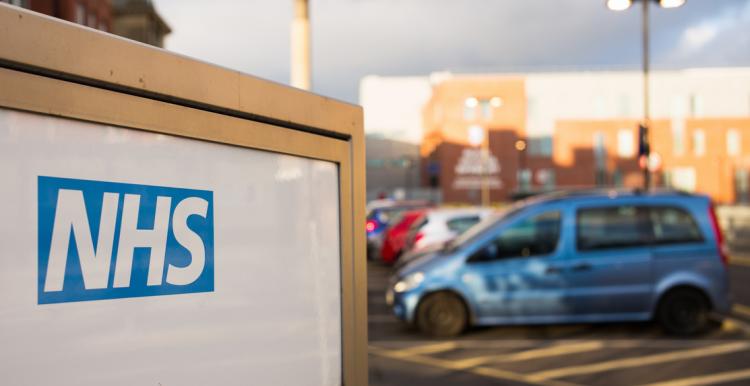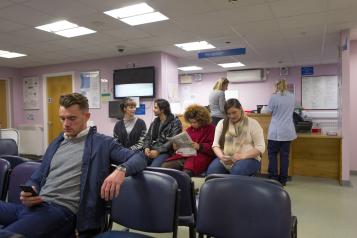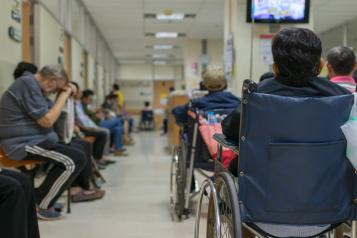NHS needs to do more to understand why people are returning to hospital after being discharged

What are emergency readmissions?
An emergency readmission is defined by the NHS as anyone who has to return to hospital for unplanned further treatment within 30 days of leaving.
This covers unforeseen readmissions, such as people receiving chemotherapy having to be readmitted because of side effects. It also covers cases where people have been discharged too early or without the right social care support in place.
Why have we done this work?
Earlier this month, we shared what over 2,000 people told local Healthwatch about their experiences of being discharged from hospital. These included the experiences of people who, once having left hospital, were readmitted within a short period. When we looked into the data to see what it could tell us about people’s experiences of being readmitted to hospital, we found that no complete national dataset has been published on this since December 2013.
This is why we asked hospital trusts across England for a day-by-day breakdown of their emergency readmissions data for each of the last five years. We received information from over half of the hospital trusts in England.
What did we find?
In 2016/17 there were 529,318 emergency readmissions reported by 84 hospital trusts. When we looked at the full data provided by 72 hospital trusts, we found that:
-
Between 2012/13 - 2016/17 the number of emergency readmissions rose by 22.8%. This compares with a 9.3% rise in overall admissions to hospitals during the same period.
-
The numbers of emergency readmissions within 24 hours rose even faster with a 29.2% increase
-
The number readmitted within 48 hours account for 1 in 5 of the overall total of emergency readmissions (21.6%)
Important questions
Whilst not every emergency readmission is the result of a poorly managed discharge, such a high proportion of people returning to hospital within a short period raises important questions, such as:
-
Was the decision to discharge the individual appropriate?
-
Was the correct social care support provided to enable the person to recuperate?
-
Are hospital trusts using information on emergency readmissions to change processes and procedures to reduce readmission rates?
Although the number of people experiencing an emergency readmission is comparatively small when we consider the huge numbers of hospital inpatients treated each year, it is important to remember the impact it has on people when discharge processes don’t go according to plan.
Reducing the impact on people and services
In our 2015 report ‘Safely home’ and our 2017 briefing 'What happens when people leave hospital and other care settings?', we heard from thousands of people who told us how distressing it had been for them and their families when they didn’t get the support they needed to help them after leaving hospital.
Reducing inappropriate emergency readmissions also needs to be a priority for the health and social care sector, as each case adds additional burden to a system which is struggling to free up beds.
We are calling on the health and social care sector to use emergency readmissions data alongside other data they collect, such as delayed transfers of care, to help establish a wider understanding of how well people are being moved between the services that support them.
Imelda Redmond, National Director of Healthwatch England, said:
“We know that keeping people in hospital for longer than medically necessary is bad both for individuals and the NHS as a whole. So it’s absolutely right that doctors, nurses and care staff are doing their best to get people home as quickly and safely as possible.
“With health and care services being expected to each free up 1,250 beds through reducing delayed discharges, it is vital that these services also watch what is happening to the people being sent home from hospital. We are therefore calling for emergency readmissions data to be used alongside other datasets, such as delayed transfers of care, to establish a broader understanding of how well health and social care services are doing in getting people out of hospital safely.
“Our initial analysis raises some big questions, and it’s clear that health and care leaders need to take a closer look at why people are returning to hospital so quickly.
“There will always be unforeseen circumstances which result in people’s recovery not going according to plan. However, a better understanding of emergency readmissions will help identify potential trends and address the underlying reasons why things go wrong.”


